What are all the stickers on bins about?

Outside off-licenses, Tescos and your local retailer of non-cig smokables, a new tapestry of urban, consumer art sits atop Britain’s bins.
Life
Words: Fin Carter
Disposable vape stickers are everywhere. You must’ve seen them: small, peel-off decals often torn from the bottom of a Lost Mary, the second most popular disposable vape in the UK (the first is Elfbar).
The stickers have a design purpose: they prevent any fluid from leaking out and protect the air-pressure sensor. But in student areas, near pubs or outside vape shops, they live on after the last fruity puff, forming a yin and yang patchwork on pavement refuse receptacles.
With apparently little else to do, I decided to go on a mission, issuing a public call for action: to find the UK bin that’s covered in the most vape stickers.
I picked one of the most popular student cities for my own expedition – Manchester – while some unpaid scouts/online mutuals across the country would cover the rest of my vape-based reconnaissance.
My journey began in Fallowfield, the city’s student housing enclave. Students, of course, are a key demographic in the UK’s booming disposable vape market. A study conducted last year by Cancer Research showed a rise in the number of users, from 0.1 per cent in January 2021 to 4.9 per cent of the population by August 2023. This rise was most prominent in the 18 – 24 age demographic, with 14.4 per cent reporting that they used a disposable vape within the last year.
Opposite the uni halls, my first bin is engulfed. Sat outside a corner shop called Midway Wines, it stands as a testament to the number of vapes bought and swiftly unwrapped, ready for eager inhalation.
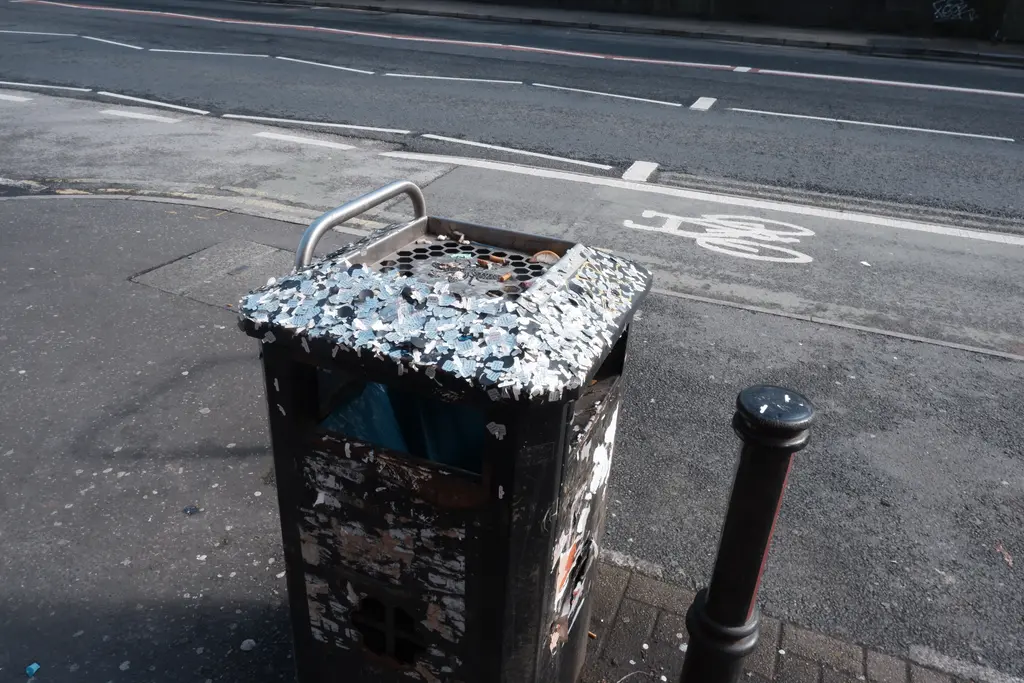
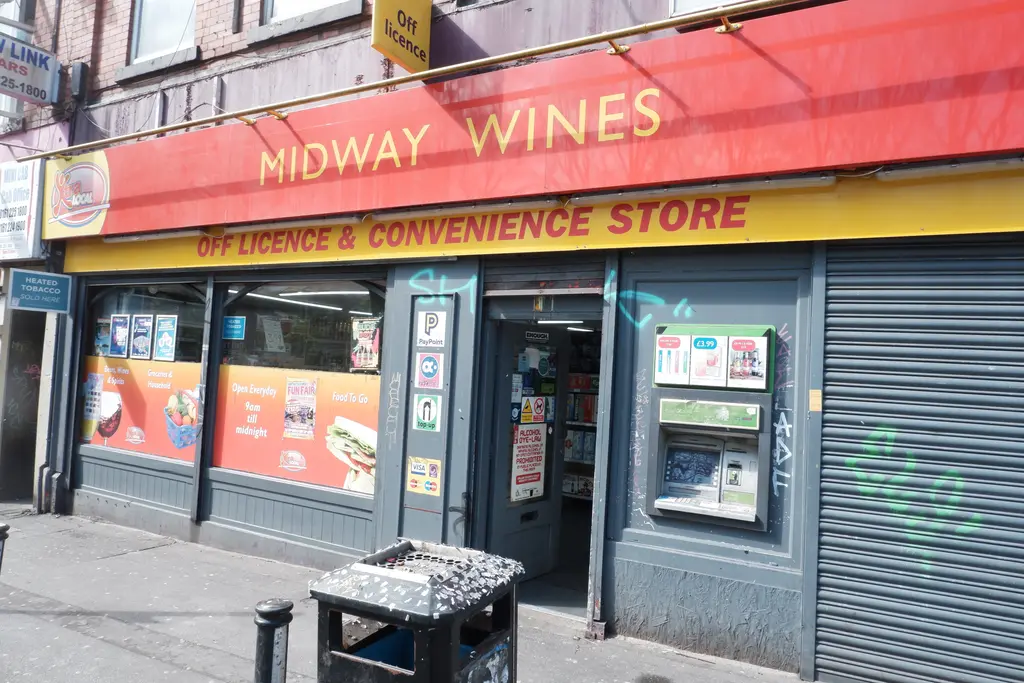
The stickers are, of course, a street-level, public signifier of the wider littering issue within vape culture. Every week, it seems, a new figure appears estimating the number of disposables thrown away, each one more concerning than the last. 260 million are thrown away per year, five million a week, one every two seconds, 22 football pitches filled every 365 days. And according to Scott Butler, executive director of Material Focus, a non-profit organisation focused on recycling, most are “being binned or littered, rather than recycled” –the result of a lack of access to electrical recycling points and the failure of vape distributors to offer recycling/take-back schemes.
And it’s not as if a lost Lost Mary doesn’t have some worth: their lithium batteries are valuable. Not to mention “prone to catching fire,” says Butler, when discarded.
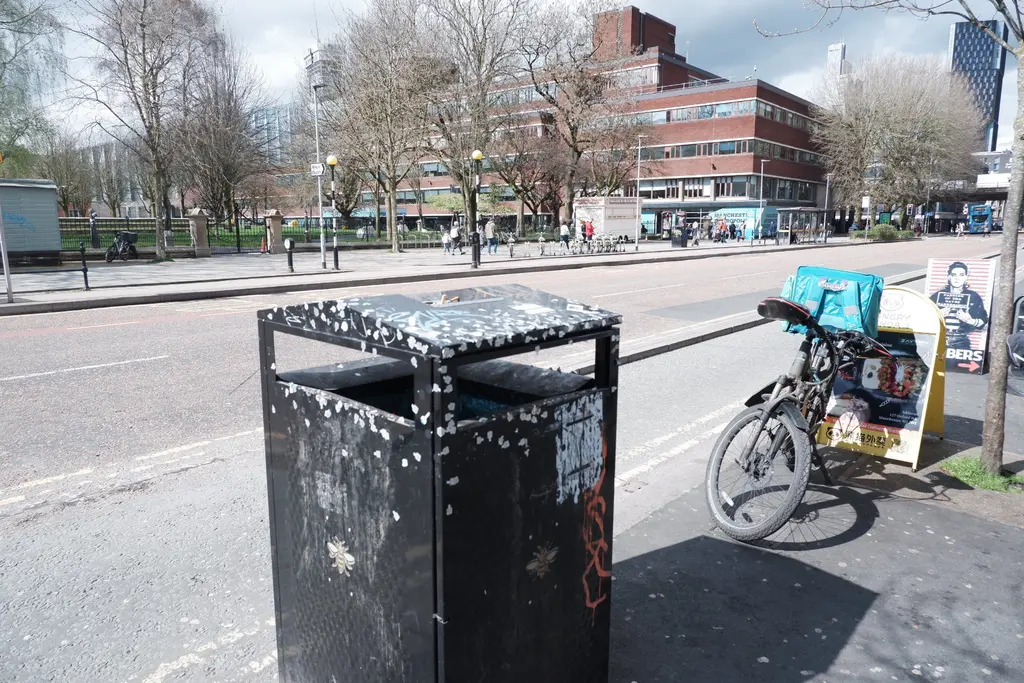
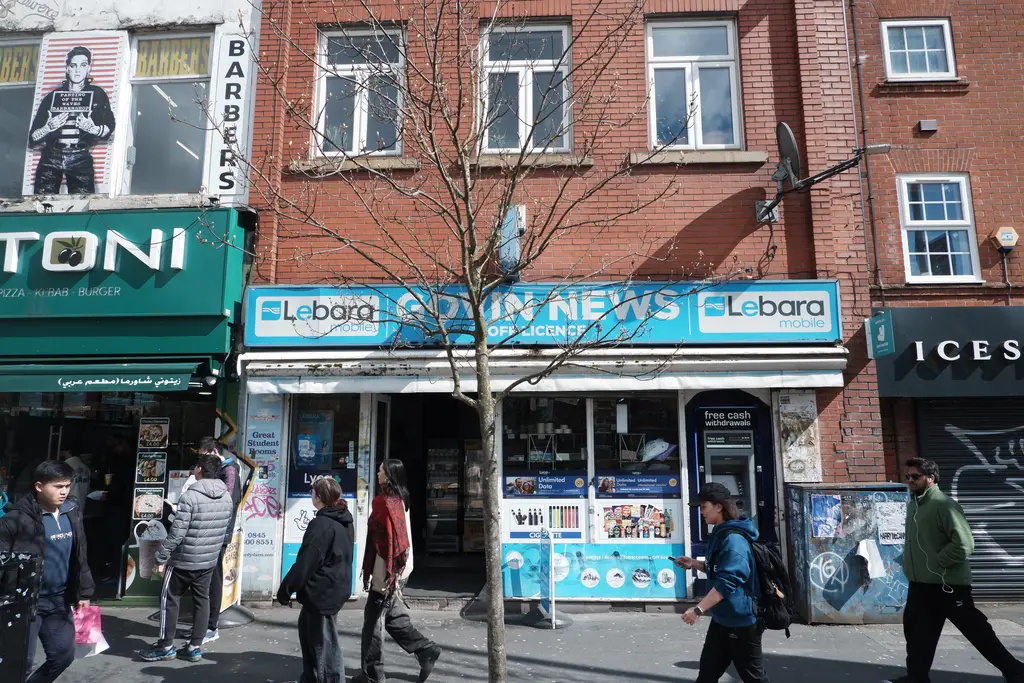
My phone buzzed – a scout in Brighton had sent me a pic of a bin with a demonstrable covering on Western Road. This is a non-student area with a handful of fairly busy bars. Clearly, sticker habits are expanding into the working populace.

Another buzz, this time from a friend in Belfast. This double bin is located in the town centre where “the stickers are everywhere,” she tells me.

These stickers are not just limited to big cities. A scout in Egham, a small town in Surrey, sent me a photo of a bin with an avalanche of them.

Eventually, I reach my final destination: Manchester city centre. Traversing the streets of the Gay Village, then heading into the Northern Quarter nightlife hotspot, I find many sticker-covered bins. One that stands out is opposite popular pub The Garratt, which is next to a Spar. Snapping a quick pic of the bin, I am reminded of another form of smoke-related littering as a man smokes a ciggie next to me – a handful of cigarette butts lay by my feet.
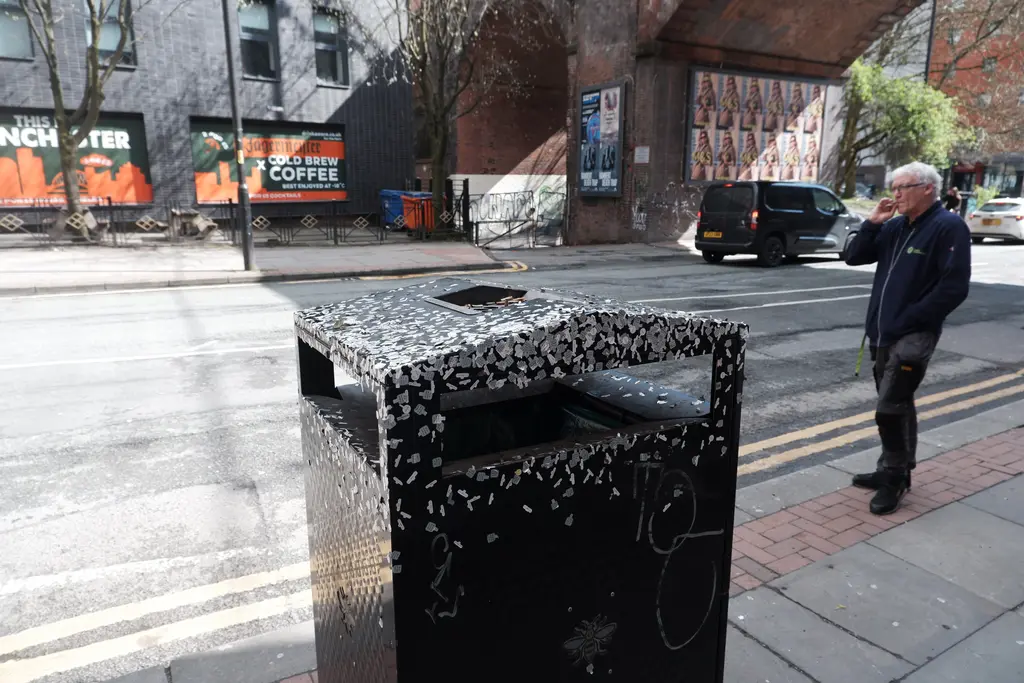
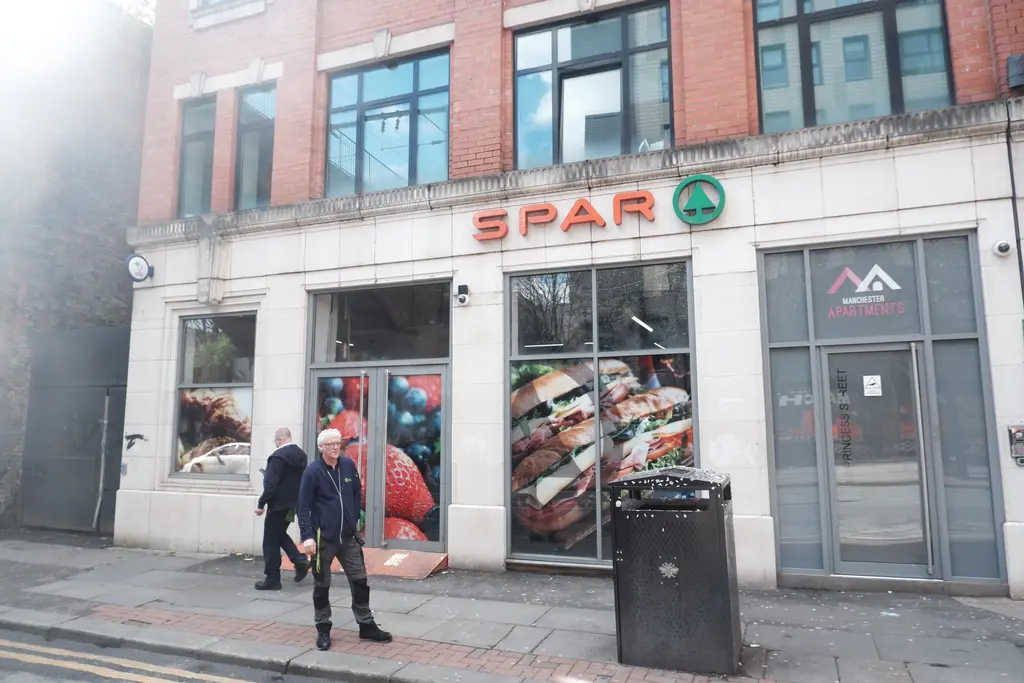
Ultimately, the search for the bin covered in the most stickers is impossible – my own Gatsby’s green light – especially when local councils are now actively removing them. At least with the disposable vape ban imminent, the potential for these stickers to become a defining feature of Britain’s urban littering landscape, joining chewing gum and fag ends, now seems less likely. Still, it’s been a nice day out.







